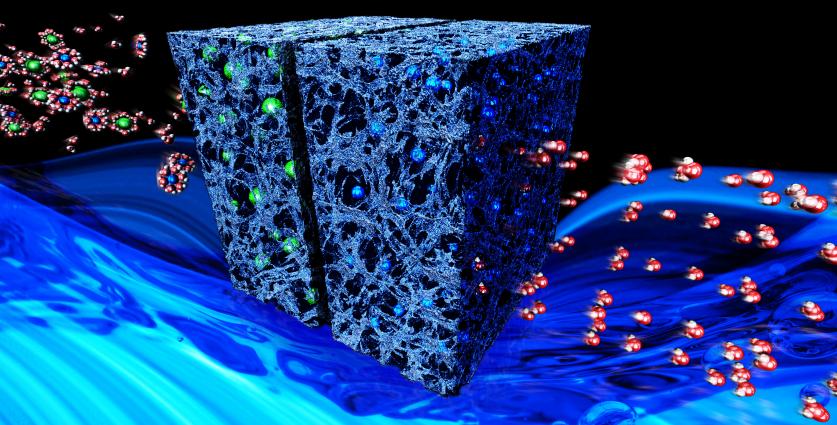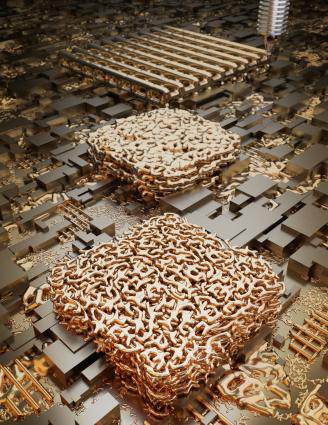
Engineers at LLNL are developing revolutionary desalination technologies that use electricity to remove salt from water using a process called capacitive deionization. The research is part of a new institute for energy security.
Lawrence Livermore National Laboratory (LLNL) has opened a center that will develop new materials for energy applications from inception to technology demonstration.
The Laboratory of Energy Applications for the Future (LEAF) was formed to coordinate research efforts for energy- and environment-related technologies and capabilities.
"LEAF will address crucial science and technology challenges across multiple applications," said LLNL scientist Michael Stadermann, who heads the institute. "The Laboratory has demonstrated expertise in these areas but needs coordination for energy applications."
LEAF accelerates the development of scalable, optimized structures at the intersection of porous materials, mass transport and chemical reaction for energy applications, such as batteries, capacitors, desalination and carbon conversion, by coordinating the fundamental research in those areas at LLNL.

"LEAF will provide a forum to facilitate collaborations between scientists across the Laboratory with different skill sets and backgrounds. This will better leverage traditional Laboratory strengths in synthesis, in-situ characterization, manufacturing, high-performance computing and data science within these application areas," said LEAF deputy director Brandon Wood.
The center's mission is to deliver solutions that enhance energy security, infrastructure reliability and climate resilience. The ultimate goal is to deploy Laboratory solutions and developments to external stakeholders in industry, academia and government.
The center is advancing technologies including architected and solid state batteries, supercapacitors, capacitive water deionization, carbon capture and conversion, solar cells, biomaterials for sorbents and catalysts and hydrogen production and storage.
The center is sponsored by the Lab's Physical and Life Sciences Directorate, and the research is mostly funded by the Laboratory Directed Research and Development program and the Department of Energy's Office of Energy Efficiency and Renewable Energy.






